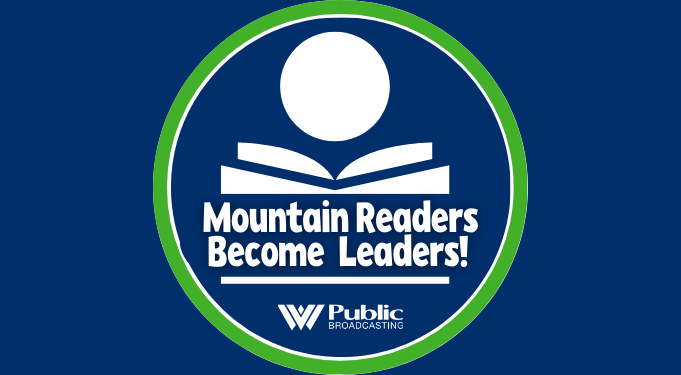The Dupont Co. and its spinoff business Chemours have agreed to resolve legal disputes over environmental liabilities for pollution related to man-made chemicals associated with an increased risk of cancer and other health problems.
The binding memorandum of understanding announced Friday comes just over a month after Delaware’s Supreme Court upheld the dismissal of a lawsuit alleging that DuPont massively downplayed the cost of environmental liabilities imposed on Chemours when DuPont spun off its former performance chemicals unit in 2015.
The chemicals at issue are known as per- and polyfluoroalkyl substances, or PFAS. They include perfluorooctanoic acid, or PFOA, which was used in the production of Teflon, and have also been used in firefighting foam, water-repellent clothing and many other household and personal items. They sometimes are referred to as “forever chemicals” because of their longevity in the environment.
The memorandum resolves legal disputes originating from the spinoff and establishes a cost-sharing arrangement and escrow account for potential future legacy PFAS liabilities arising out of pre-July 1, 2015 conduct.
DuPont, Chemours and Corteva, an independent public company that was previously the agriculture division of DowDuPont, also have agreed to resolve about 95 pending cases, as well as other unfiled matters, in multidistrict PFOA litigation in Ohio. The $83 million settlement will be split roughly equally among the three companies. It does not include a case that resulted in a $50 million jury verdict in March that DuPont is appealing.
The Ohio verdict stemmed from a class action lawsuit involving about 80,000 residents of Ohio and West Virginia who drank water that was contaminated by chemical releases from DuPont’s Washington Works facility near Parkersburg, West Virginia.
More than 3,500 individual class members who suffered from any of six diseases linked to PFOA filed individual personal injury cases against DuPont. Those cases have been centralized in Ohio federal court.
After three trials in which juries returned verdicts in favor of the plaintiffs, DuPont agreed in 2017 to settle the remaining 3,500-plus cases.
Since that time, more than 100 post-settlement cases have been filed. The first trial in those cases resulted in a $50 million verdict for a man who developed testicular cancer, and a mistrial in a consolidated case involving a woman with kidney cancer.
“The agreement will provide a measure of security and certainty for each company and our respective shareholders using a transparent process to address and resolve any potential future legacy PFAS matters,” the CEOs of the three companies said in a joint statement.
Under the cost-sharing arrangement, DuPont and Corteva, on one hand, and Chemours, on the other, agree to a 50-50 split of certain expenses incurred over a term not to exceed 20 years, or an aggregate $4 billion of qualified expense and escrow contributions.
Under an existing agreement from 2019, DuPont and Corteva will each bear 50% of the first $300 million. After that, DuPont would be responsible for 71% and Corteva for the remaining 29%. That would bring DuPont’s share of the potential $2 billion contribution from DuPont and Corteva to about $1.36 billion. Corteva’s share would be about $640 million.
The companies also agreed to establish a $1 billion maximum escrow account to address potential future PFAS liabilities, with annual contributions over eight years.
After the expiration of the arrangement, Chemours’ indemnification obligations under the separation agreement would continue unchanged, subject to certain exceptions. Chemours will waive legal claims regarding the 2015 spinoff, and pending arbitration regarding those claims will be dismissed.
Chemours sued DuPont in 2019, alleging that DuPont deliberately lowballed the cost of environmental liabilities Chemours would face in reimbursing DuPont for pollution related to PFAS.
But a Delaware judge ruled that he had no jurisdiction to hear the case because the separation agreement between the companies clearly states that all disputes arising from the spinoff are subject to binding arbitration.
Chemours argued on appeal that the arbitration clause was unenforceable because the designated management team of Chemours did not give its consent but was instead forced to follow the dictates of DuPont as the parent company.
When it spun off Chemours in 2015, DuPont had pegged the maximum liability in the multidistrict litigation involving the 3,500-plus PFOA cases at $128 million. The company settled 19 months later for $671 million, agreeing to pay half the settlement amount, and up to $125 million more toward costs of other PFOA-related litigation. Chemours paid the other half.
Chemours argued in its lawsuit that DuPont had “a keen incentive” to downplay environmental liabilities while extracting a multibillion-dollar dividend from Chemours that would help fund a stock buyback.
A Chemours attorney told the judge, for example, that Chemours faced more than $200 million in costs to address environmental issues at a North Carolina manufacturing facility — 100 times more than DuPont’s estimated $2 million maximum liability. Chemours also said potential environmental liabilities in New Jersey far exceed the $337 million previously cited by DuPont.
Chemours asked the judge to limit DuPont’s indemnification rights to the maximum liabilities it certified, or for an order directing the return of the $3.9 billion dividend.




















